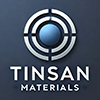Showing 481–492 of 674 results
-
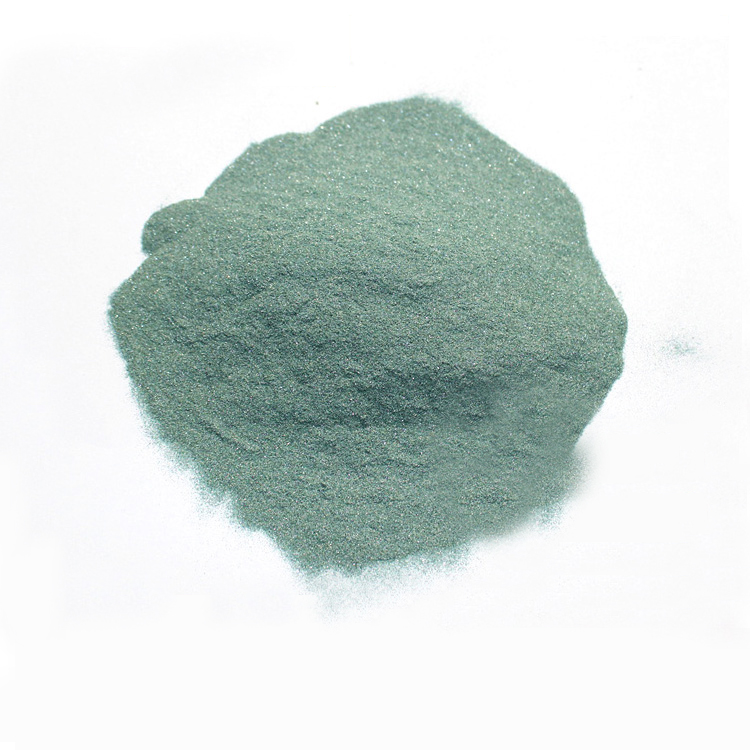
- Exceptional Hardness: Mohs hardness of 9.2, ideal for abrasives and wear-resistant applications.
- Thermal Resistance: Stable in high-temperature environments up to 2,700°C.
- High Thermal Conductivity: Efficient heat transfer for thermal management.
- Chemical Inertness: Resistant to corrosion and oxidation in harsh conditions.
- Customizable Particle Sizes: Nano and micron sizes for specialized applications.
- Eco-friendly: Minimal environmental impact during use.
-
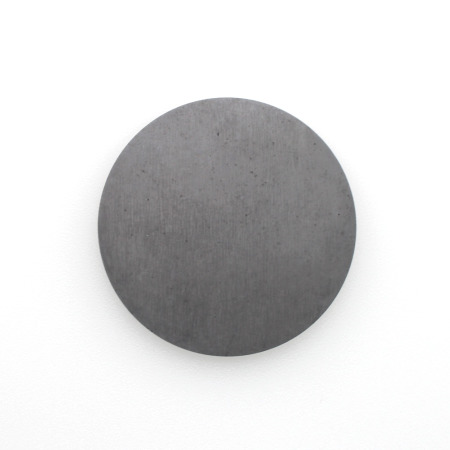
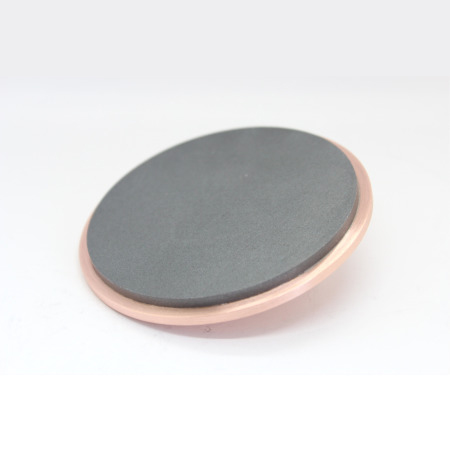
- Exceptional Hardness: Ideal for durable, wear-resistant coatings.
- High Thermal Stability: Performs well under extreme temperatures.
- Wide Bandgap Properties: Suitable for high-power and high-frequency applications.
- Chemical Resistance: Resilient to corrosive environments.
- Customizable Configurations: Available in various sizes, purities, and bonding options.
-
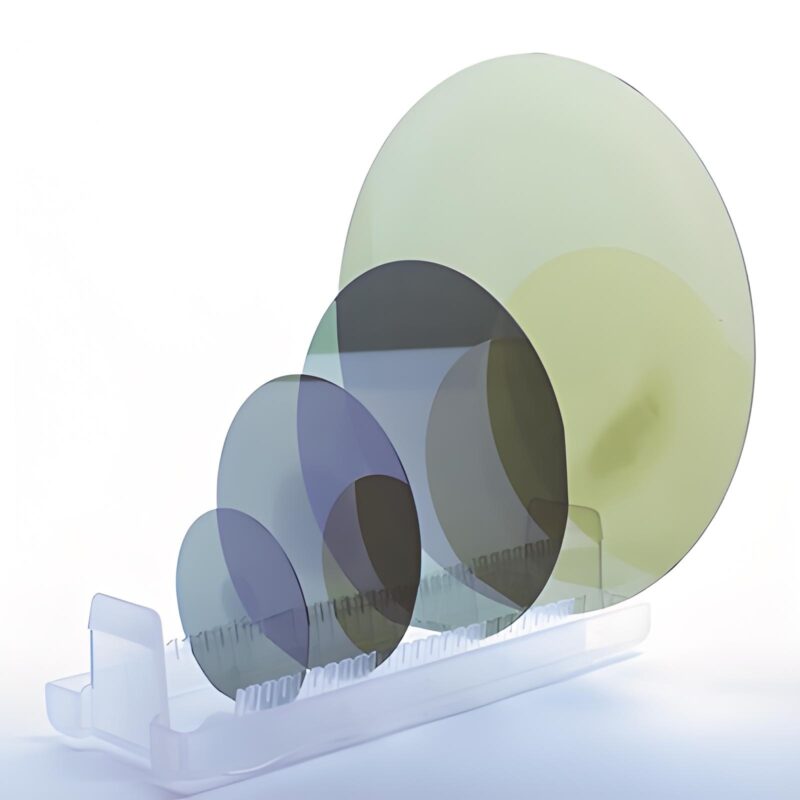
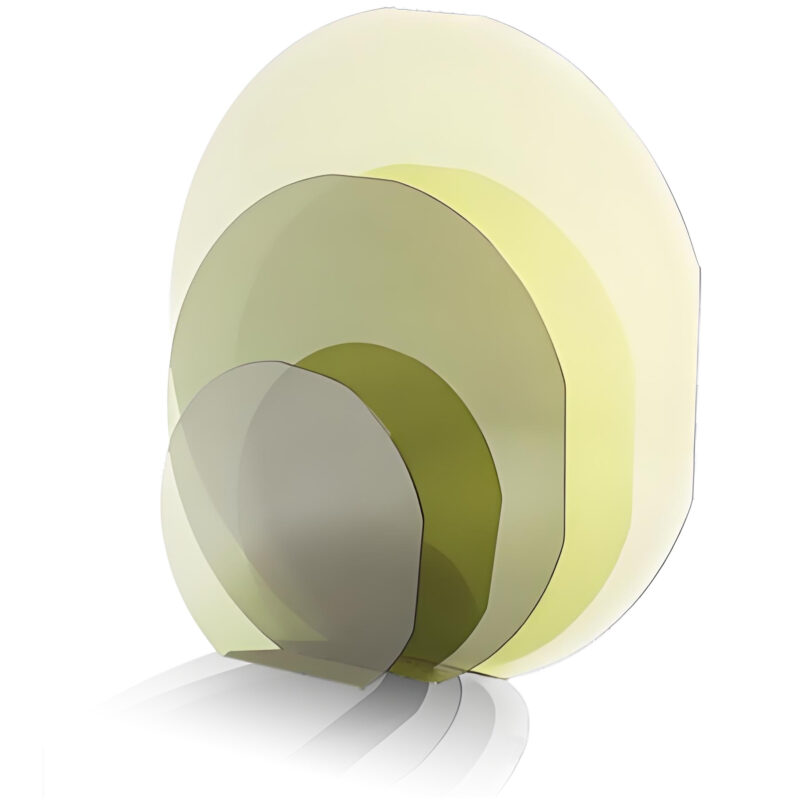
- Wide bandgap (3.2 eV for 4H-SiC)
- High thermal conductivity (~4.9 W/cm·K)
- Excellent chemical resistance
- High voltage breakdown strength
- Radiation hardness
- Suitable for GaN-on-SiC and epitaxial SiC device growth
-
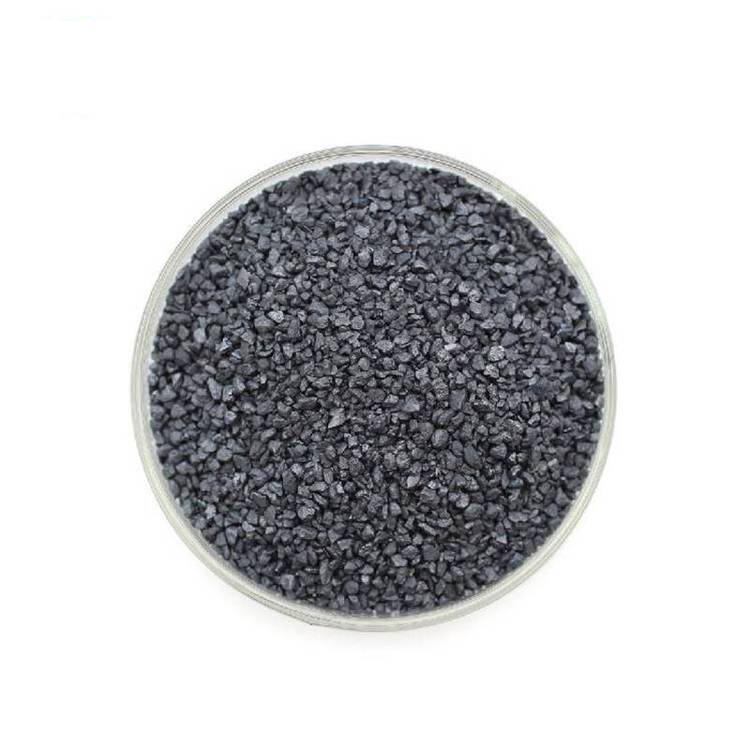
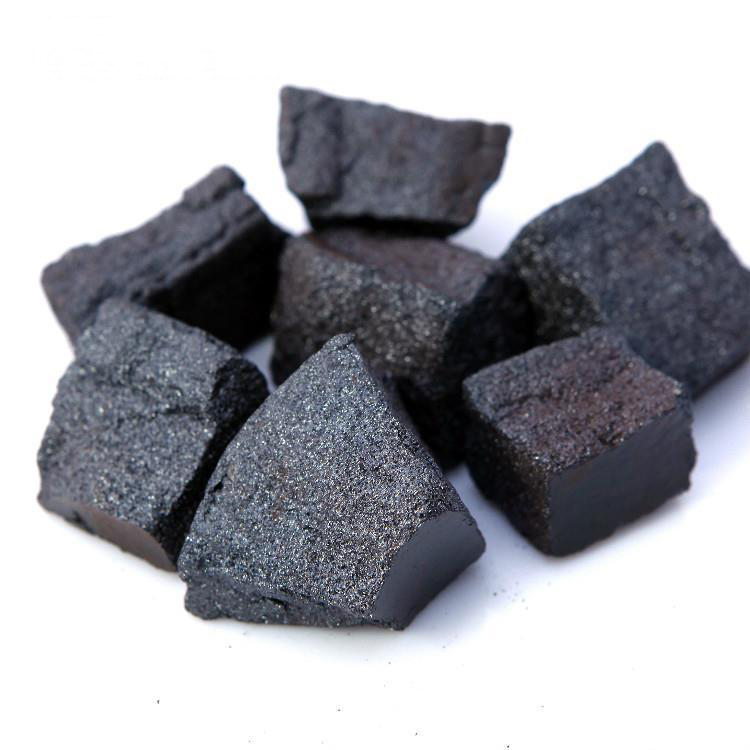
- High Purity: SiO pellets are typically manufactured with a purity of 99.9% or higher to ensure high-quality film deposition.
- Transparency in UV and Visible Range: SiO has good transmission properties in both the UV and visible light spectrum, making it suitable for optical applications.
- Hard and Durable Coating: Coatings formed from SiO are known for their hardness and durability, providing a protective layer for sensitive optical and electronic devices.
- Excellent Adhesion: SiO films exhibit strong adhesion to substrates, which is crucial for long-lasting coatings.
-
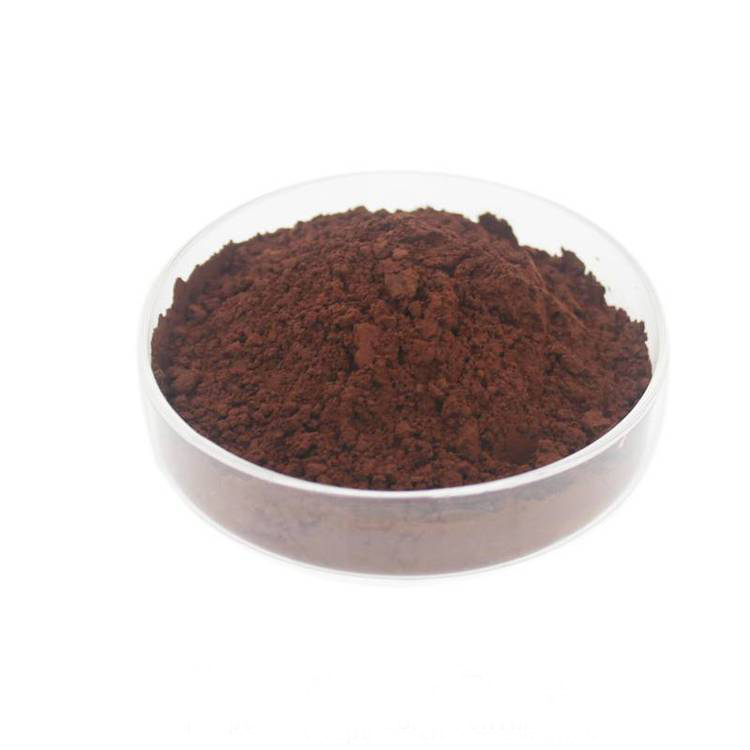
- High Purity: ≥99.5% for reliable performance in critical applications.
- Excellent Optical Properties: Ideal for thin-film optical coatings.
- Thermal Stability: Performs well in high-temperature environments.
- Versatile Particle Sizes: Available in nano and micron scales.
- Low Oxygen Deficiency: Ensures consistency in applications.
- Energy Storage Compatibility: Suitable for advanced battery systems.
-
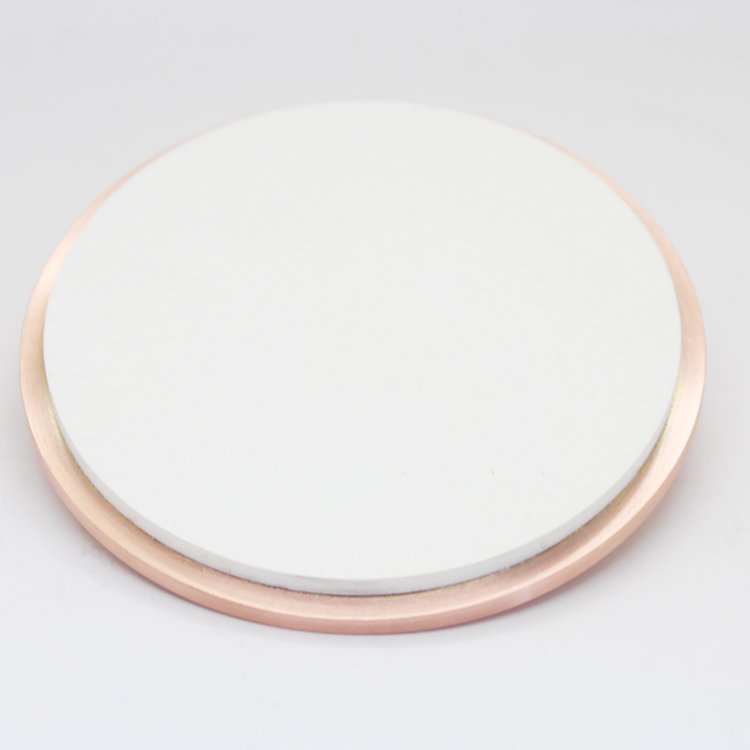
- High Purity: Ensures superior film quality and consistent performance.
- Wide Optical Transparency: Suitable for coatings across UV, visible, and IR ranges.
- Stable and Durable: High thermal and chemical stability for demanding processes.
- Customizable Options: Available in various sizes, purities, and configurations.
-
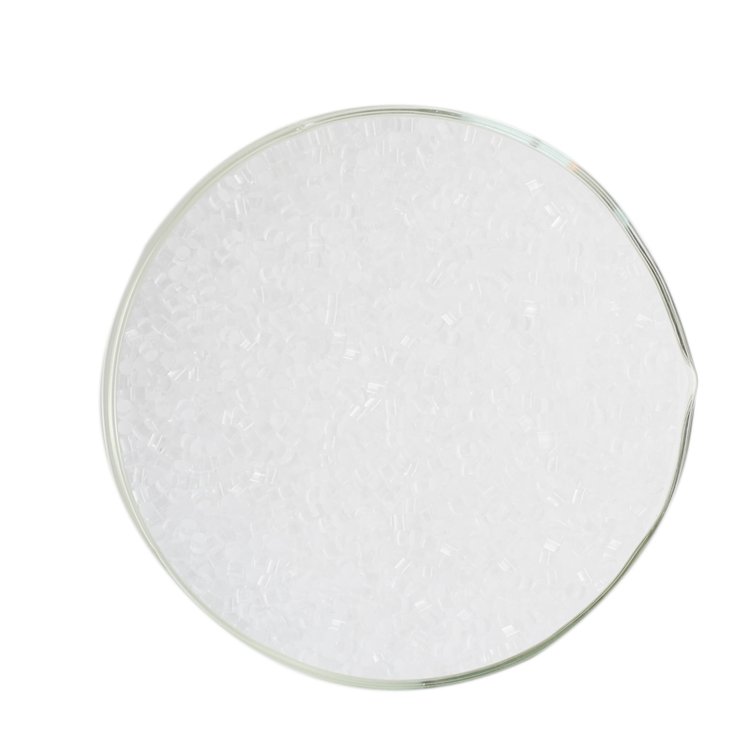
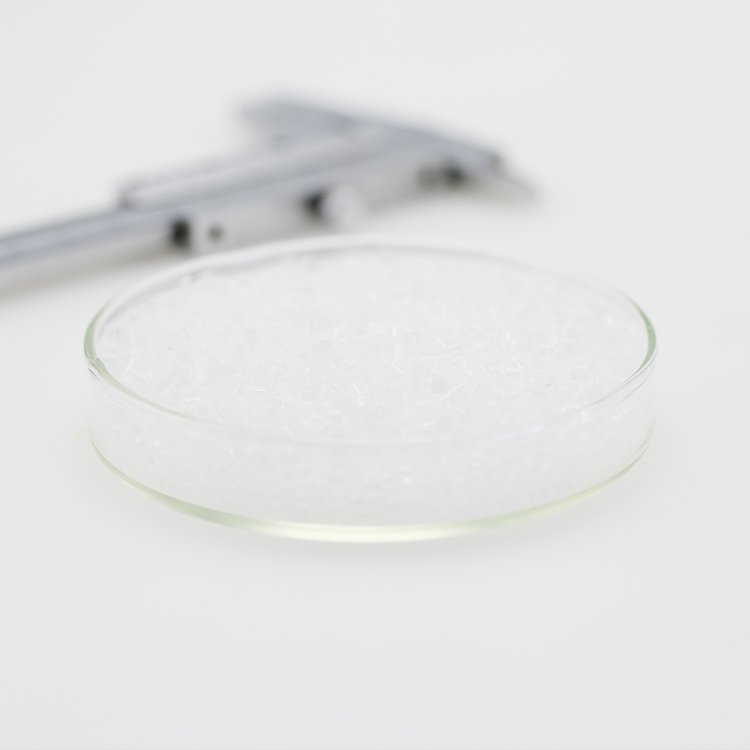
- High Transparency: SiO2 is transparent across a wide spectral range, from UV to IR, making it ideal for optical applications.
- Excellent Insulating Properties: With high dielectric strength and low electrical conductivity, SiO2 is a perfect insulator for microelectronics and semiconductor applications.
- High Melting Point: SiO2 has a melting point of approximately 1,713°C, making it suitable for high-temperature deposition processes.
- Chemical Stability: SiO2 is highly resistant to most acids, bases, and solvents, offering long-lasting protective coatings.
- Mechanical Strength: It provides excellent hardness and durability, ensuring the stability and longevity of thin films.
-
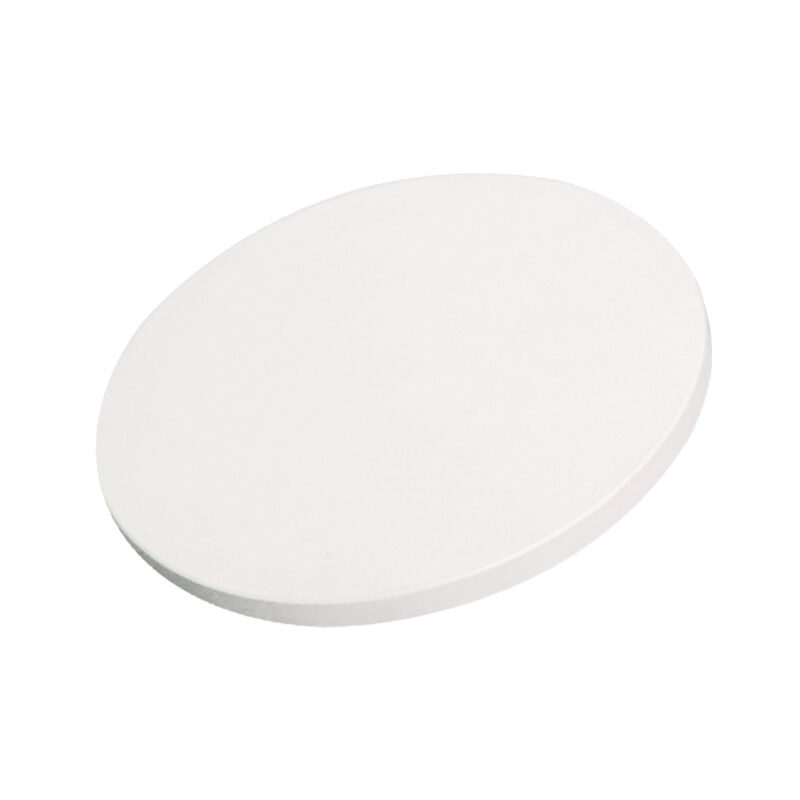

- Excellent Insulator: SiO₂ has a high dielectric strength, making it a perfect insulating material for electronic devices and integrated circuits.
- High Optical Transparency: SiO₂ is highly transparent in the UV, visible, and near-IR regions, making it suitable for optical coatings and protective layers.
- Chemical Stability: SiO₂ exhibits strong chemical resistance, ensuring that deposited films are durable and stable under harsh environmental conditions.
- Thermal Stability: Silicon Dioxide can withstand high temperatures, making it reliable for use in applications that involve thermal stress.
- Hardness: SiO₂ provides a protective layer that is scratch-resistant and durable, making it ideal for surface coatings.
-
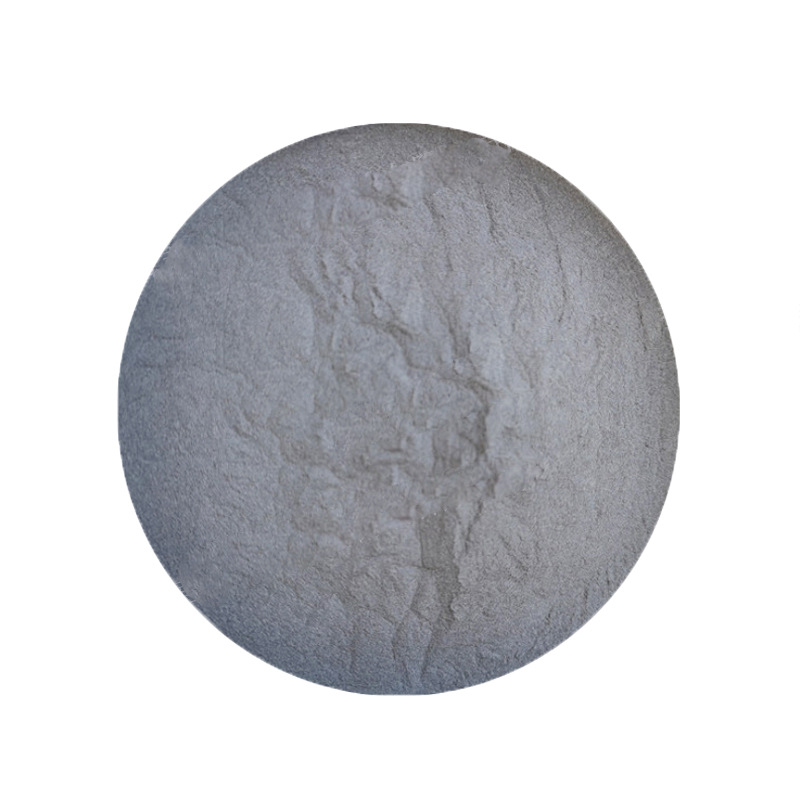
- High Magnetic Strength: SmCo magnets, made from samarium, offer superior magnetic strength and can operate at temperatures as high as 350°C, making them ideal for high-temperature and harsh environments.
- Thermal Stability: Samarium exhibits excellent thermal resistance, making it valuable for applications that require stability at high temperatures.
- Neutron Absorbing Properties: Its isotope Sm-149 is an effective neutron absorber, making it crucial in the control of nuclear reactors.
- Corrosion Resistance: SmCo magnets and other samarium alloys are highly resistant to corrosion, enhancing their durability in various industrial and defense applications.
- Catalytic Efficiency: Samarium-based catalysts are useful in organic reactions, particularly in stereoselective synthesis.
-
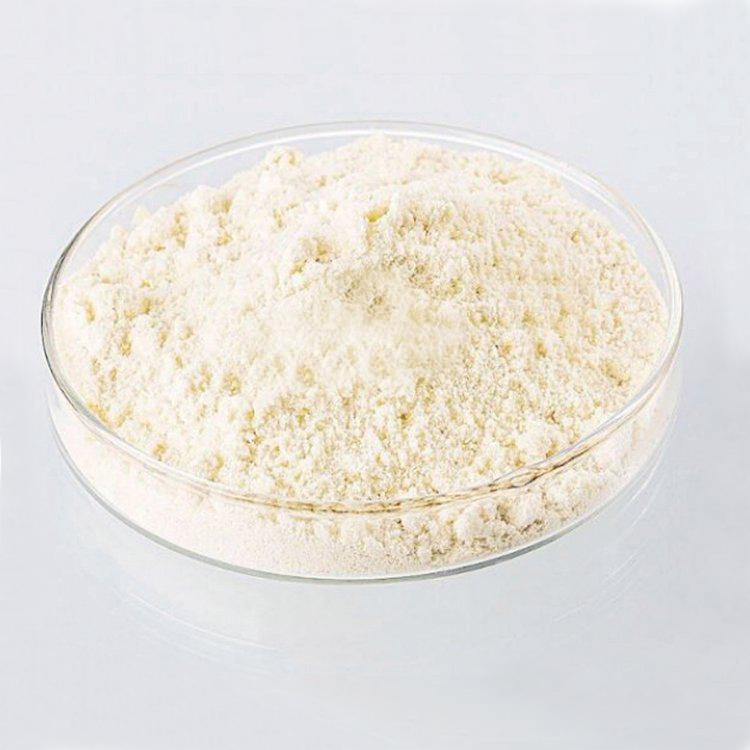
- High Purity: ≥99.9% for enhanced performance in specialized applications.
- Superior Magnetic Properties: Used in the production of magnets and electronic components.
- Thermal Stability: Excellent performance at high temperatures.
- Chemical Inertness: Stable under various environmental conditions.
- Customizable Particle Sizes: Nano and micron-scale powders available.
- Versatility: Suitable for a wide range of industries, from electronics to energy.
-
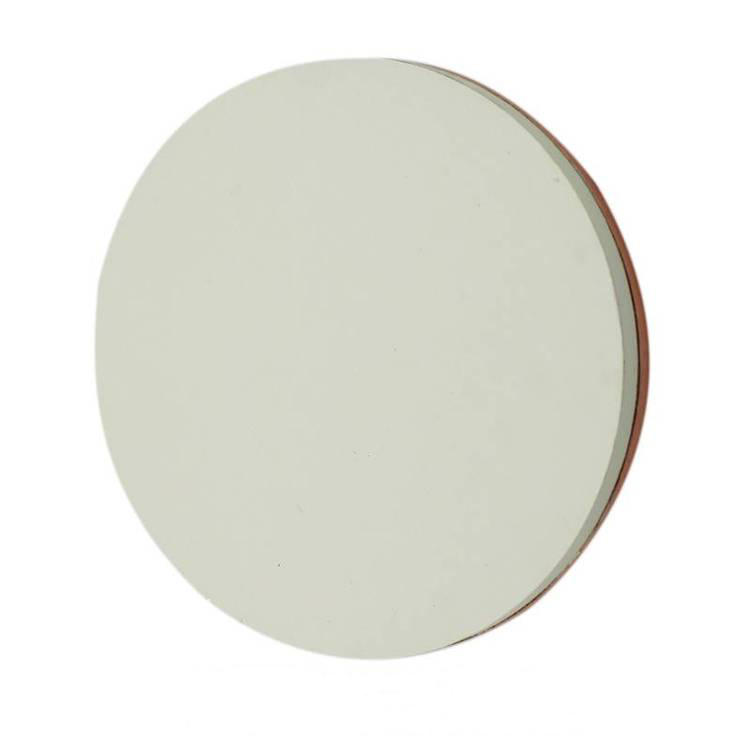
- High Purity: Ensures minimal contamination for reliable thin-film deposition.
- Thermal Stability: Suitable for high-temperature processes.
- Excellent Magnetic Properties: Ideal for magnetics and spintronic applications.
- Optical Performance: High transparency in specific wavelength ranges.
- Custom Configurations: Available in various sizes and purity levels.
-
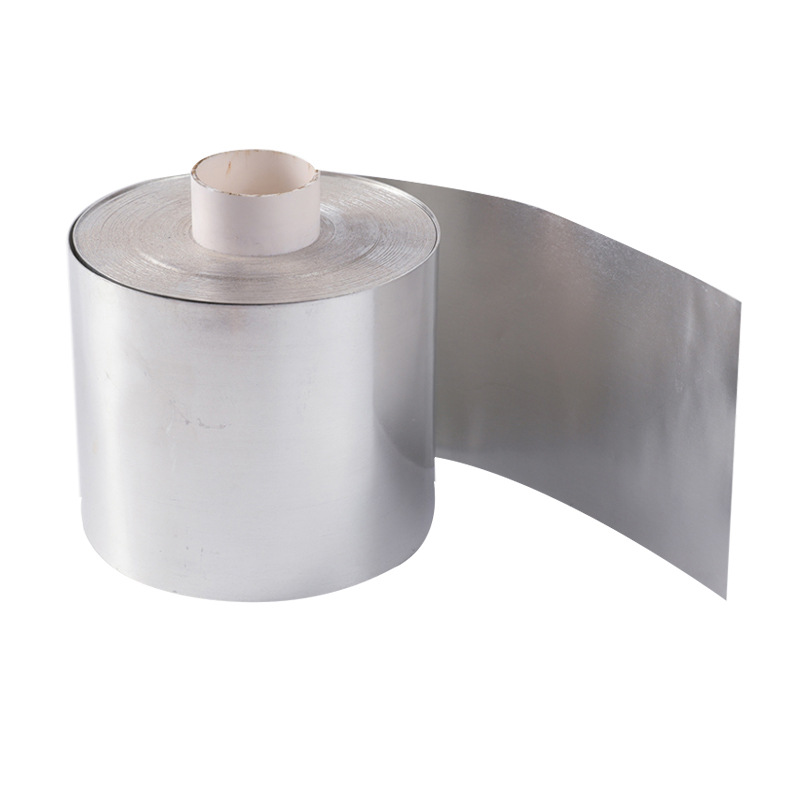
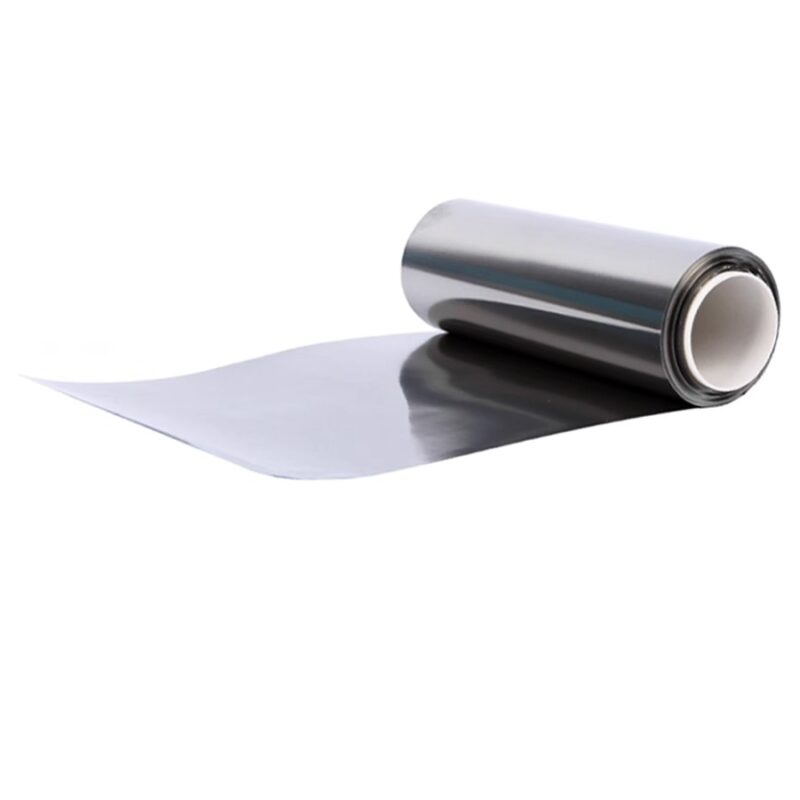
- Lightweight and Malleable: Tin foil is extremely lightweight and can be easily bent, folded, and shaped into various forms without losing its integrity.
- Corrosion Resistance: Tin is naturally resistant to corrosion, which makes it ideal for applications where exposure to moisture and air is a concern.
- Excellent Conductivity: Tin foil exhibits good electrical conductivity, which is useful in a variety of electronic applications.
- Durability and Flexibility: Tin foil combines durability with flexibility, offering both strength and ease of handling in manufacturing processes.
